Some of the links in this article are "affiliate links", a link with a special tracking code. This means if you click on an affiliate link and purchase the item, we will receive an affiliate commission.
The price of the item is the same whether it is an affiliate link or not. Regardless, we only recommend products or services we believe will add value to our readers.
By using the affiliate links, you are helping support our Website, and we genuinely appreciate your support.
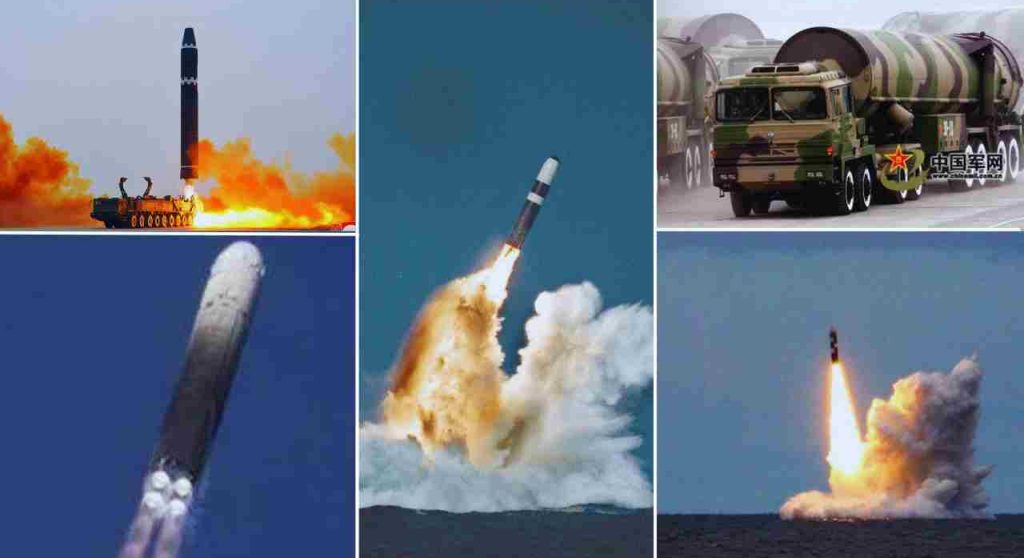
In this article, we’ll explore the top intercontinental ballistic missiles (ICBMs) in the world, ranked by their effective range. These powerful missiles play a pivotal role in global security and military strategy, highlighting the importance of understanding their capabilities. While technological advancements have enhanced missile systems, absolute safety is still a challenge. Let’s delve into the rankings and key features of the world’s most formidable ICBMs.
1. Russian R-36M (SS-18) “Satan” – Longest Range: 16,000 km
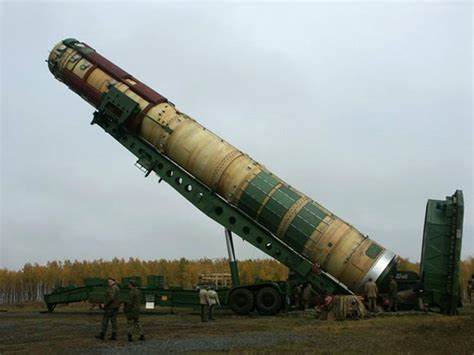
The Russian R-36M (SS-18), also known as “Satan,” tops the list with an impressive range of 16,000 kilometers. Powered by a two-stage liquid rocket engine, this ICBM has earned its reputation as one of the most powerful strategic weapons in the world, serving as a cornerstone of Russia’s missile defense systems.
2. China Dongfeng-41 (DF-41) – Range: 11,000 km
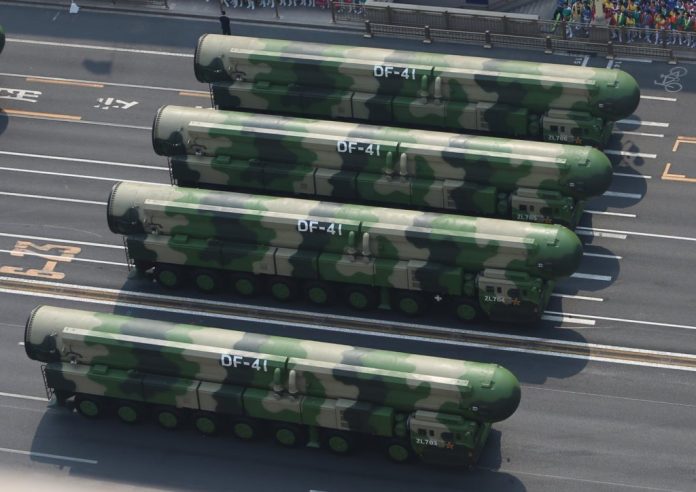
At second place is the China Dongfeng-41 (DF-41), a three-stage solid-fuel rocket missile with a range of approximately 11,000 kilometers. Its mobility on roads and high precision, thanks to a computer-controlled inertial guidance system, makes the DF-41 a highly effective weapon in China’s nuclear arsenal.
3. Russian R-29RMU “Sineva” (Light Boat) – Range: 11,547 km
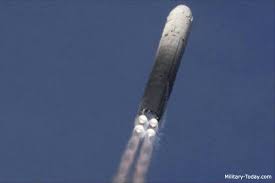
The Russian R-29RMU, also known as the “Sineva” or “Light Boat,” is a third-generation submarine-launched ICBM. With a maximum range of 11,547 kilometers, it is equipped with multiple independently targetable reentry vehicles (MIRVs) and advanced navigation systems, including GLONASS satellite guidance, ensuring its accuracy and potency.
4. UGM-133 Trident II – Range: 11,300 km
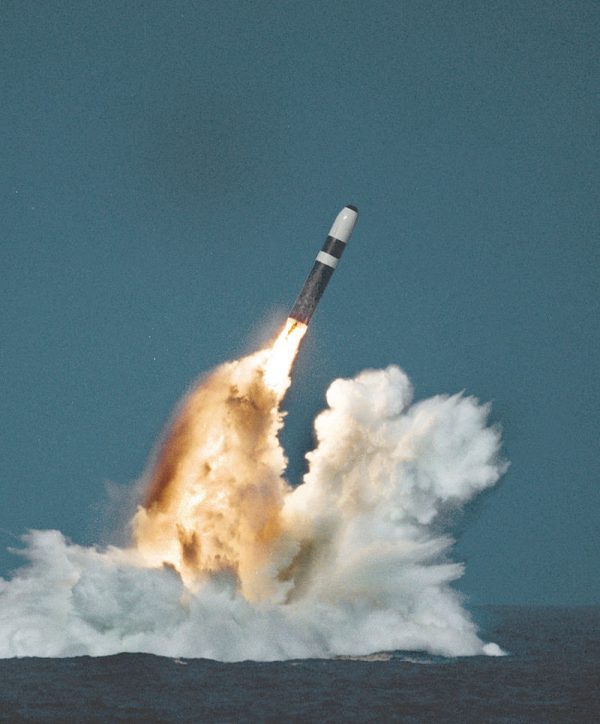
The UGM-133 Trident II is the U.S. Navy’s submarine-launched ICBM, deployed on Ohio-class and British Vanguard-class submarines. It has a range of approximately 11,300 kilometers and can carry multiple warheads, including the W88 and W76, making it a crucial component of the U.S. and U.K.’s strategic nuclear deterrence.
5. China Dongfeng 31A (DF-31A) – Range: 11,200 km
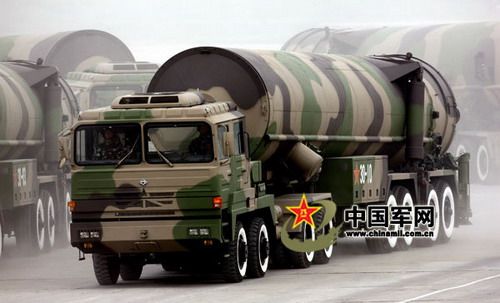
The China Dongfeng 31A (DF-31A) secures the fifth spot with a range of 11,200 kilometers. This long-range ICBM, powered by a three-stage solid rocket motor, was inducted into service in 2006 and adds significant strength to China’s nuclear strike capabilities.
6. Russian Topol-M (RT-2PM2) – Range: 11,000 km
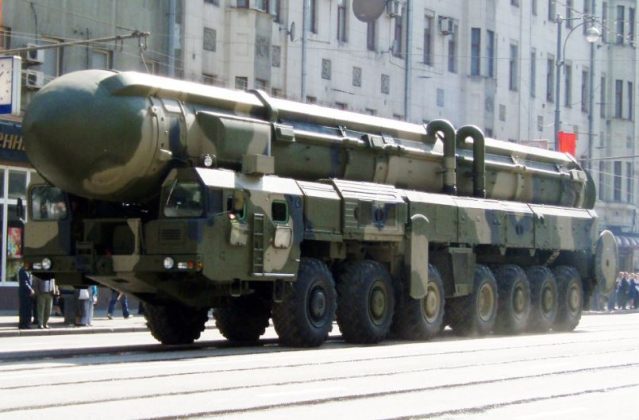
The Topol-M is Russia’s most advanced ICBM in the Topol series. With a range of 11,000 kilometers, it can be launched from both mobile platforms and silos. This missile can carry a single 550-kiloton nuclear warhead or multiple warheads, underlining Russia’s modern missile development prowess.
7. U.S. Minuteman III – Range: 10,000+ km

The U.S. Minuteman III is the only land-based ICBM in the U.S. arsenal. Introduced in 1968, it was the first missile equipped with multiple independently targetable reentry vehicles (MIRVs). With a range exceeding 10,000 kilometers, it remains a cornerstone of U.S. nuclear deterrence.
8. North Korean Hwasong-18 – Range: Estimated 10,000+ km

The Hwasong-18 is North Korea’s first solid-fuel ICBM, unveiled in February 2023. Its maiden flight in April 2023 demonstrated North Korea’s growing missile capabilities, with an estimated range of over 10,000 kilometers. Its development highlights the country’s increasing focus on solid-fuel missile technology.
9. French M51 – Range: 8,000-10,000 km
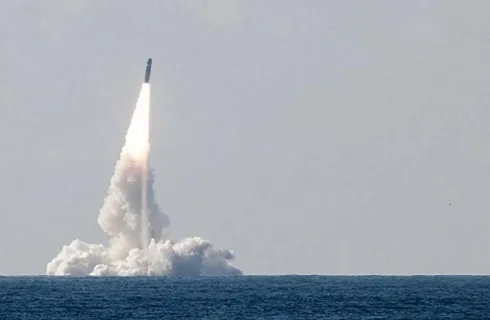
The French M51 submarine-launched ballistic missile (SLBM) is deployed on France’s Triomphant-class nuclear submarines. With a range of up to 10,000 kilometers, the M51 carries six MIRV warheads and plays a key role in France’s nuclear deterrence strategy.
10. Russian RSM-56 “Bulava” – Range: 10,000 km

The RSM-56 Bulava is Russia’s submarine-launched ICBM, deployed on Borei-class nuclear submarines. With a range of 10,000 kilometers, the Bulava can carry 6 to 10 MIRV warheads, enhancing Russia’s strategic strike capabilities.
11. India’s Agni 5 – Range: 5,000 km
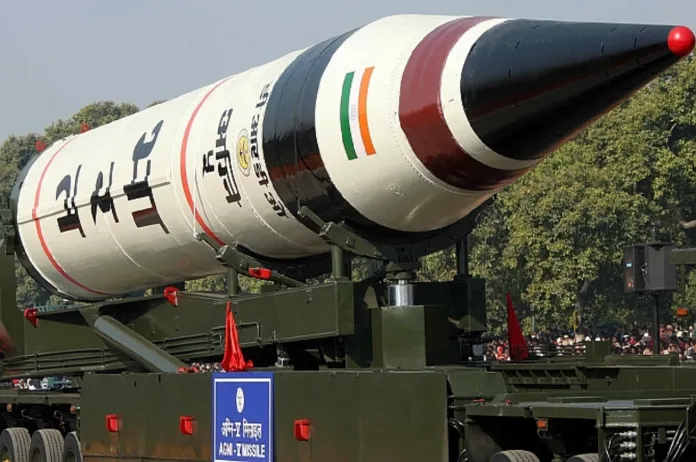
Rounding off the list is India’s Agni 5, with a range of 5,000 kilometers. This three-stage solid-fuel missile is India’s longest-range ICBM and is designed to carry a 1,000 kg nuclear warhead, providing India with strategic deterrence capabilities.
Conclusion
The top intercontinental ballistic missiles (ICBMs) in the world represent the height of military technology, each designed to ensure strategic deterrence. The missiles ranked here highlight the immense range and power that global superpowers wield, making international diplomacy and arms control critical for maintaining peace. As countries continue to advance their missile technologies, the global community must promote disarmament and seek diplomatic solutions to ensure lasting security.


